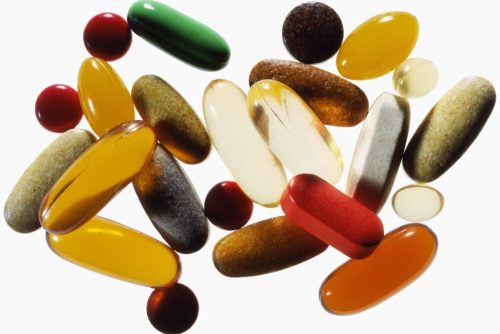
Trying to find the best way to slim down can be very confusing. Book upon book shouts one answer after another from the store shelves: elaborate low-fat or high-protein diets, body-sculpting plans almost calling for a masters in physiology, regimens of nutritional supplements so complex they’ll turn your kitchen into a veritable pharmacy. Diet gurus preach their doctrines as if they were absolutes and virtually every guru has a different doctrine.
Despite the impassioned pronouncements from these dietary pulpits, there really is no magic solution that works across the board. People put on pounds for many reasons: unhealthy diet, lack of exercise, emotional problems, even their genes. “No single dietary recommendation is right for everyone,” says Ronald Krauss, a cholesterol researcher at Lawrence Berkeley National Laboratory in California. The old one-diet-fits-all mentality is fading, and that’s good news for you. In your quest to shed pounds and keep them off, you can choose your own path, and chances are it will be more successful than any you might have tried in the past.
The paths are indeed many
A low-fat regimen may be the way to go for you. Or a slightly higher-fat one. You might want to graze throughout the day or eat three squares. Choose a Mediterranean diet or Chinese cuisine. Meticulously count calories or adopt a calorie-blind, overall healthy approach to eating. Perhaps you’ll cherry-pick elements from several different diets and custom-design your own. To learn more, click through our online guide.
Know Your Nutrients
To stay on a healthy course, your body requires a variety of nutrients: water, vitamins and minerals, carbohydrate, fat, and protein. These last three are the only nutrients that contain calories. A calorie is the amount of heat needed to raise the temperature of one liter of water by one degree centigrade. Calories are the energy that fuels your body.
The calorie-containing nutrient groups package their energy differently. Fat has nine calories per gram, while carbs and protein contain less than half that, at four calories per gram each. Figuring out the calorie content of a particular food from its gram weight isn’t always a simple calculation, though, because the nutrient groups very often coexist in the same foods. Hamburger meat, for example, is both protein and fat, and regular milk contains protein, carb, and fat. Different foods, moreover, carry a different number of calories per volume. In foods that are primarily fatty, calories tend to be densely packed, meaning they deliver more calories for a given volume; in primarily protein foods they are less densely packed; and in primarily carbohydrate foods, calories are the least densely packed. For instance, you’d have to eat two heads of iceberg lettuce (a carb) to get 100 calories, and a mere tablespoon of butter to get the same number.
Carbohydrates
Carbohydrates are your body’s number one fuel source. This class of carbon-based compounds includes sugars, starches, and cellulose. All carbohydrates must be broken down into glucose (blood sugar) to supply your body with energy. Simple sugars (fruit, honey) and double sugars (table sugar, milk) are digested quickly and give your body an energy surge. Complex carbohydrates (starchy and fibrous foods) are digested more slowly. The glucose that all these different carbohydrate types supply is your fuel, which you either use right away for energy, lodge in your muscle cells as potential energy (glycogen) or, if there’s no room left in that inn, convert to fat and house in your fat cells.
Of all the body’s food sources, complex carbohydrates supply the highest bulk value for the fewest calories. Many are dense in nutrients such as vitamins and minerals, and complex carbs also tend to pack lots of fiber, good news for dieters. You’ve heard it time and again: High-fiber, whole-grain carbs are far better for you than low-fiber carbs made from refined flour and sugar, the ingredients jammed into so many junk foods. Fiber passes out of your body and leaves behind very few calories. Moreover, it enhances and prolongs a feeling of fullness by slowing the absorption of foods. In delaying the absorption of glucose, fiber helps control blood sugar levels — a particularly important factor for people suffering from diabetes. Finally, soluble fiber — the sort that’s found in oats, beans, and many types of produce — has been proven to help decrease LDL (low-density lipoprotein, the “bad” cholesterol) and triglycerides (fatty particles in the blood that can damage arteries), thereby reducing the risk of heart disease.
Carbohydrates are the main source of energy for your muscles when you exercise, and since exercise is crucial to healthy living, your body needs carbs.




